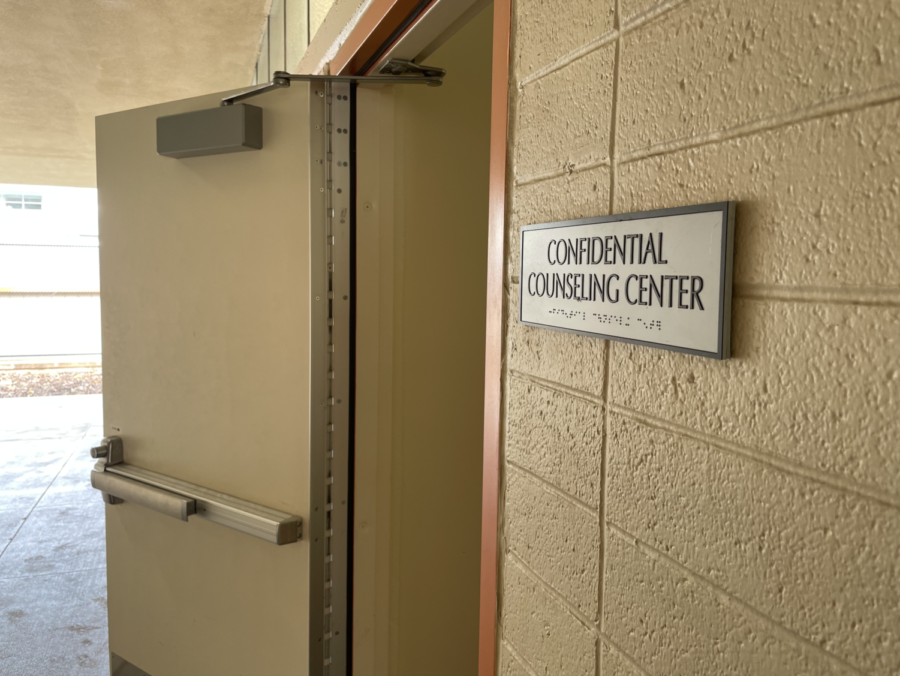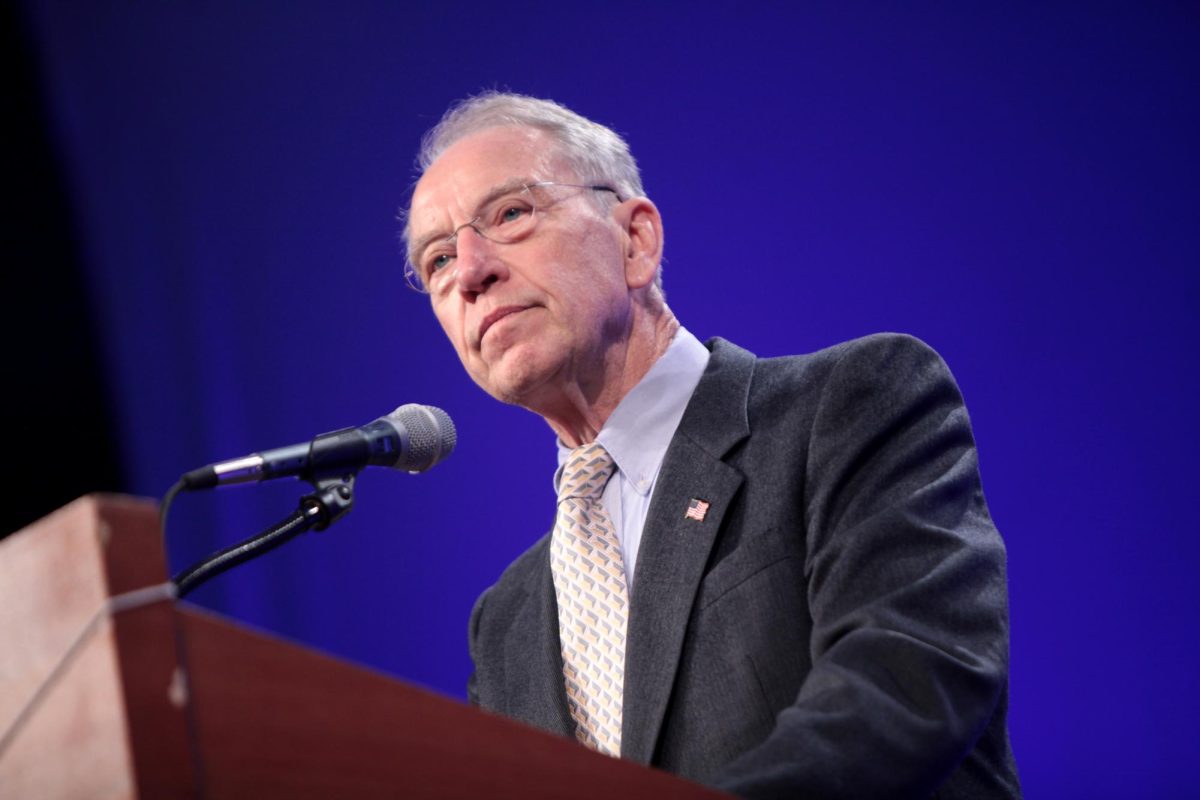TW // suicide, addiction, depression
While apps such as Facebook, Instagram, and Tiktok continue to offer viewers countless hours of media enjoyment, some are beginning to cause unhealthy, harmful, and even detrimental effects in teenage society.
A little less than half the world’s population is registered for at least one form of social media, connecting millions around the world. The increase in affordable technology in underdeveloped countries has also led to a far greater increase in the amount of time people are spending on their screens. Roughly 60% of the entire world has an internet connection according to Statista in January 2021. While numbers for technology show a common trend, so do percentages for the number of teenagers with anxiety and depression disorders. The number of students with severe major depression rose from 9.2% to 9.7% in a single year. Moreover, from January to September 2020, a 62% increase took place in the number of Americans testing for depression according to Mental Health America.
While teenagers are certainly feeling a change in mental health, so are parents and teachers.
“Once I became a mother halfway through my career, I think I became a much better teacher…, a much more careful observer, and a much more empathetic presence in the classroom,” Woodside psychology teacher Kathleen Coughlin said.
Though difficult to see for most, Coughlin notices a change in recent years.
“There is absolutely no way that I noticed this kind of depression, this kind of anxiety before the first half of my career. Absolutely not. And it’s just skyrocketing,” Coughlin said.
The skyrocketing of social media users and teenage depression are not a matter of coincidence either. While more veteran platforms such as Facebook began by aiming their content at adult-centric audiences, the majority of new platforms all aim at a younger demographic.
One new ploy used by companies like TikTok involves listening in on conversations using a smart device’s microphone. Woodside junior Maya Ramirez is one of the millions with this feature.
“So if I have conversations about something really specific with my friends or with my family, not long after, I would get a video talking about [that conversation] or something to do with it,” Ramirez said.
While social networks continue to find ways to become more and more addictive, explicit content could also play a role in student mental health.
Bay Area resident Caden Webster, recounted one such incident in which he was shown explicit content.
“My cousin showed me this video, and it was like ‘this guy commits suicide on a Twitch stream.’ He receives a call from his manager, and the dude says, ‘You’re fired,’ and he says, ‘I’m fired, alright,’ and then hangs up the phone, says “Alright guys I’m done.” He pulls the trigger on his head. Boom!” Webster commented.
Disturbing incidents like this don’t just happen to a small few either. Another Woodside junior, Aneliyah Taufahema, found a suicide video on her Tiktok stream.
“I remember it [suicide video] being live, and I think the guy was wearing a blue shirt. He points the gun to the side of his head, and he just pulls the trigger and you can see everything. It was traumatizing, it made me feel like, I don’t know… I got scared and I couldn’t sleep,” Taufahema said.
A single fearful night is the least of Taufahema and other teenagers’ problems. Coughlin has seen first-hand the disturbing effects these platforms can have on students, even discussing the increase of depression and anxiety with her own students.
“I could feel the group (Coughlin’s class) kind of tense up a little bit, because I think that students are so used to people of my generation looking back and saying, again, social media [is the problem]. I think they were freezing up about it a little bit. They’ve become desensitized a little bit about it.” Coughlin stated.
Though social media doesn’t appear to be catching disturbing content (fast enough at least), there are precautions students can take.
“I think the first thing is to do a real reality check. How addicted am I? Can I walk away? Can I put it [my phone] away for a weekend, what would happen?” Coughlin said.
Addicting social platforms and technology, in general, won’t leave anytime, but there are resources both online and at Woodside.
“Martin Seligman is a professor and psychologist who’s credited with the movement of positive psychology. Within the last 20 to 30 years or so, he says the best thing we can do to boost our own happiness, is to help other people. And so I say get outside, go help other people, and do a reality check on just how strong that addiction is,” Coughlin stated.
For help centered closer to home, all Woodside students have their own personal counselor and are welcome to visit them or schedule an appointment in the D-wing. Moreover, F-14 offers confidential help to any students who would simply like to talk. And of course, students always can talk to their teachers.
“Students really should feel that they can talk to their teachers, and we are so special as a school in this district, we have such a strong counseling program,” Coughlin said.












